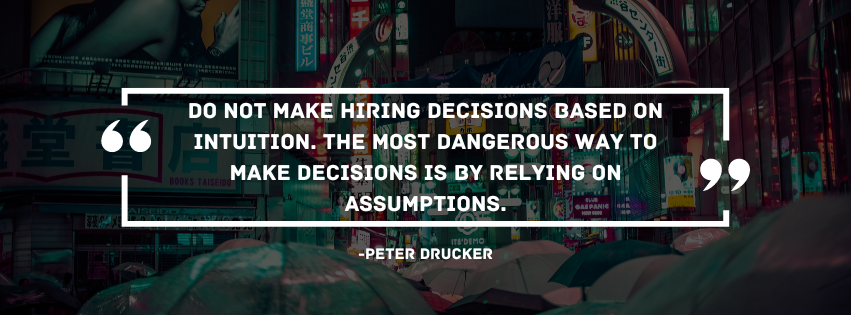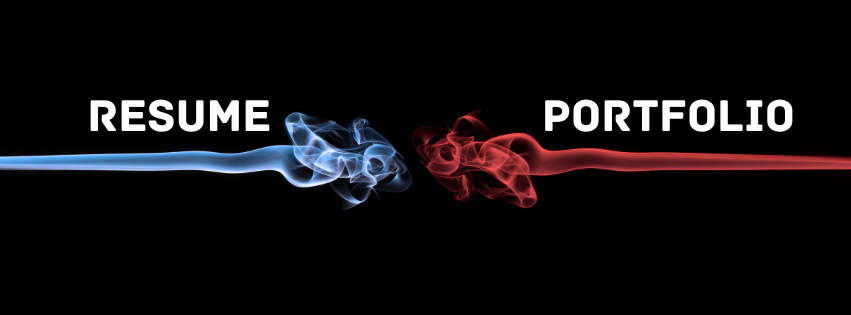There’s a long-standing belief that gut instinct can lead to the perfect hire. Whether it’s a candidate’s confident handshake or the feeling that they just “click,” many hiring managers lean on their intuition to make crucial decisions.
But while trusting your gut is often romanticized, in tech hiring, it can lead to some of the worst outcomes—bias, bad hires and missed opportunities.

Gut instinct is inherently subjective, shaped by personal experiences, biases and even momentary moods. It’s far from reliable, especially in an industry like tech, where the need for precision, skills and cultural fit is critical.
Relying on gut instinct might have worked in the past, but today, tech hiring has undergone a major transformation—one driven by data, analytics and AI.
In this post, we’ll explore why gut instinct often fails in tech hiring, how data-driven decision-making is revolutionizing the recruitment process and how companies like TechTeems are harnessing the power of data to make smarter, more objective hiring choices.
The problem with gut instinct—bias and missed opportunities

We’ve all heard stories of a company hiring the “perfect” candidate based on an immediate connection during an interview. But for every one of those success stories, there are countless examples where gut-based decisions led to bad hires. Here’s why relying on instinct is risky:
1. Bias creeps in
Gut instinct is often just bias in disguise. Whether it’s affinity bias (hiring someone because they remind you of yourself) or confirmation bias (interpreting information in a way that supports your preconceived notions), these subconscious tendencies can cloud judgment. This leads to hiring people who may not be the best fit for the role or the company simply because they “felt right.”
Example: A hiring manager might favor a candidate who attended the same university or shares similar hobbies, even if another candidate is objectively more qualified. This can result in homogeneity and lack of team diversity, stifling innovation and creativity.

2. Overlooking real talent
Hiring based on gut instinct can also cause you to overlook non-traditional candidates or those who don’t immediately fit the mold. These candidates, who may have diverse backgrounds or unique skill sets, could be your greatest assets. By relying on intuition, you risk missing out on talent that doesn’t fit the standard profile but has the potential to bring fresh perspectives and innovative solutions to your team.
Example: A candidate with no formal tech degree but a portfolio of impressive coding projects might be passed over for someone with a more conventional resume, even if the former is more skilled.

3. No accountability
Another issue with gut-based hiring is that it’s hard to measure or justify. When a bad hire happens, there’s no clear data to indicate where things went wrong, making it difficult to improve the process. With data-driven hiring, every step is trackable, measurable and repeatable.
There’s accountability, transparency and the ability to refine and improve your recruitment strategy over time.

Data-driven decision-making rules
The solution to gut instinct hiring is clear—data-driven decision-making. Using data and AI, tech hiring can become more objective, more precise and less prone to the pitfalls of human bias. Here’s how this revolution is changing the game:
1. Objective assessments
Data-driven hiring uses objective metrics to assess candidates, ensuring that decisions are based on concrete skills and qualifications, not personal feelings. This can include anything from coding tests and problem-solving challenges to behavioral assessments and personality evaluations.
Example: Instead of relying on an interviewer’s gut feeling about a candidate’s coding abilities, a company can use coding challenges that provide hard data on their performance under real-world conditions. This eliminates subjectivity and ensures that the best person for the job is chosen based on merit.
2. Predictive analytics
Data can also help predict which candidates are likely to succeed in a role by analyzing past hiring data, performance metrics, and employee retention statistics. With AI-powered predictive analytics, hiring managers can make more informed decisions, identifying patterns that lead to long-term success.
Example: By analyzing the profiles of successful developers in the company, you can identify key traits, skills and experiences that correlate with high performance. This allows you to filter candidates based on these success indicators, improving the likelihood of finding the right fit.
3. Reducing bias
AI-driven tools help minimize unconscious bias in the hiring process. Algorithms can be designed to ignore factors like age, gender or ethnicity and focus solely on qualifications and skills. This ensures that candidates are evaluated fairly and based on their ability to perform the job, not on irrelevant characteristics.

Example: AI tools can anonymize resumes by removing names, photos and other identifying information, allowing hiring managers to focus purely on the candidate’s qualifications and experience. This levels the playing field and promotes diversity in hiring.
4. Real-time talent analytics
Data doesn’t just help during the hiring process—it can also be used to monitor and assess employee performance over time. Real-time talent analytics allow companies to continuously evaluate their workforce, ensuring that the right people are in the right roles and identifying areas for improvement.
Example: By tracking employee performance metrics such as productivity, collaboration and innovation, companies can make data-driven decisions about promotions, training and development. This ensures that talent is nurtured and retained, reducing turnover and improving overall team performance.
How TechTeems uses data to hire smarter
At TechTeems, we’ve fully embraced the data-driven approach to tech hiring. We use expert hiring best practices, real-time analytics and advanced algorithms to ensure that every hire is based on objective, data-backed criteria, not gut instinct.
Here’s how we do it:
1. Continuous collaboration
Your dedicated account rep and our collaborative approach ensure we fully understand the unique needs of every position you have to fill. Once clarified, we go to work, sourcing the perfect candidates and scheduling video or phone interviews.
2. Predictive hiring nodels
We use predictive hiring models to identify which candidates are most likely to succeed in a given role. By analyzing data from past hires and current employees, we’ve developed algorithms that help us match candidates to roles where they’ll thrive, reducing turnover and improving long-term success rates.
3. Real-time talent analytics
Once candidates are hired, we continue to use data to track performance, collaboration and development. This allows us to make data-driven decisions about promotions, team structures and workforce planning, ensuring that we always optimize our talent pool for maximum impact.
By tracking employee performance metrics like code quality, project completion rates and peer feedback, we can identify high-potential employees early on and invest in their development, ensuring that they grow within the company.
Gut feelings are great for choosing dinner; for hiring, data Is king
In tech hiring, gut instinct is more of a liability than an asset. It’s prone to bias, lacks accountability and often leads to missed opportunities. In a fast-paced, competitive industry like tech, you can’t afford to rely on feelings and first impressions.

Data-driven decision-making offers a smarter, more objective way to hire. From AI-driven assessments to predictive analytics, data allows you to evaluate candidates based on their actual abilities and potential, not just a hunch.
Companies like TechTeems are leading the way in revolutionizing tech hiring, using data to make smarter, more informed decisions that lead to better hires and stronger teams.
So, the next time you’re tempted to trust your gut in hiring, remember—gut feelings are great for picking out a restaurant, but when it comes to building a world-class tech team, data is king.


